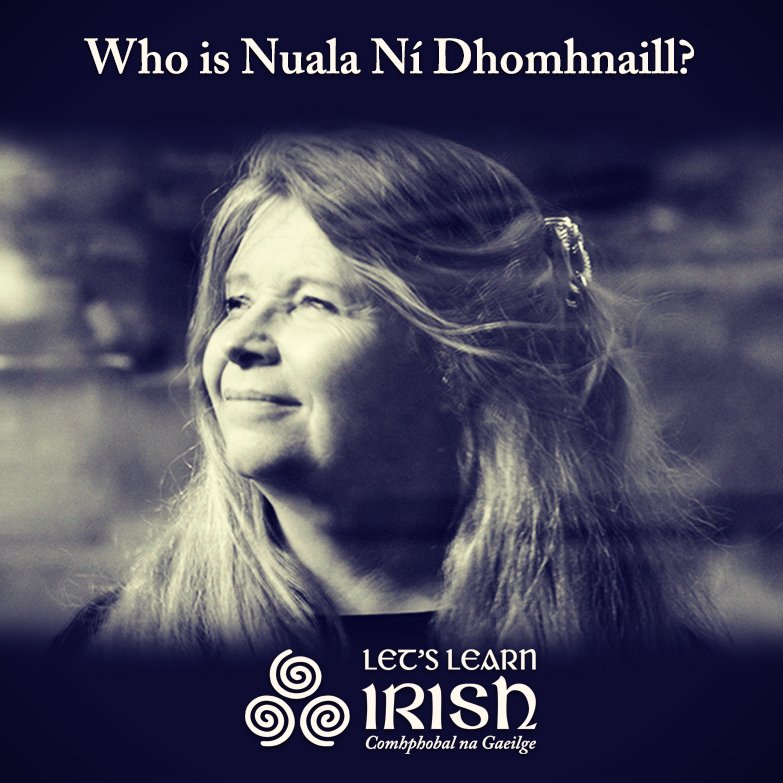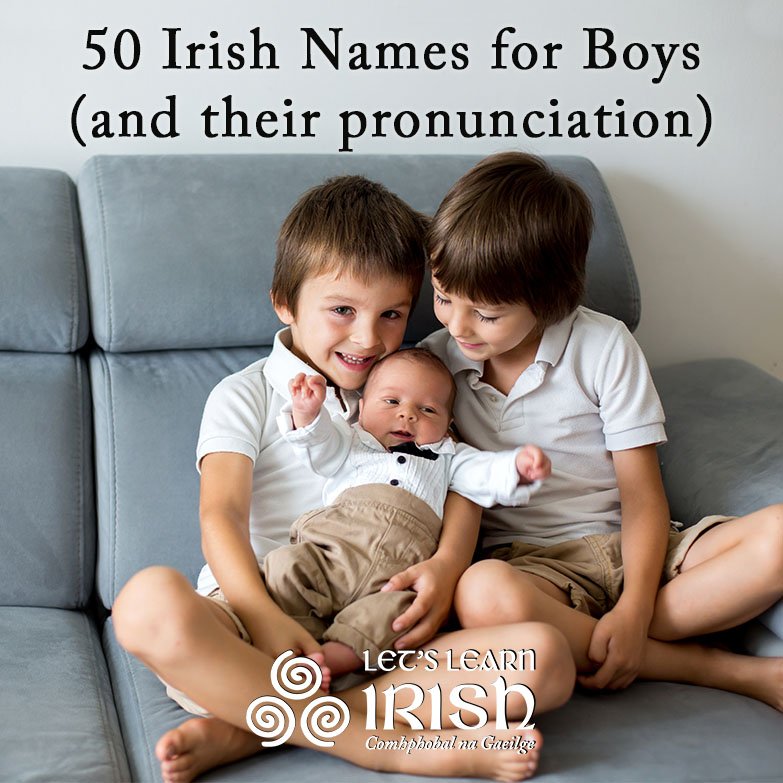What is the Ulster Cycle (an Rúraíocht)?
 Contemporary Ireland is known for its abundant literary culture, producing great writers such as Seamus Heaney, Liam Ó Flaithearta, Nuala Ní Dhomhnaill and many others. What some might not realize, however, is that the island’s rich story tradition dates back almost a millennium, with kings, queens and heroes part of an oral tradition before they were written down. Paramount among the bodies of ancient tales that remain may be the Ulster Cycle, known as an Rúraíocht in Irish. Traditionally, a seanchaí (storyteller) ensured that these tales, referred to as ‘béaloideas‘ (folklore), were shared and kept alive through the Irish language, from generation to generation. In fact, these stories are often referred to in our Irish classes for both language and cultural reasons.
Contemporary Ireland is known for its abundant literary culture, producing great writers such as Seamus Heaney, Liam Ó Flaithearta, Nuala Ní Dhomhnaill and many others. What some might not realize, however, is that the island’s rich story tradition dates back almost a millennium, with kings, queens and heroes part of an oral tradition before they were written down. Paramount among the bodies of ancient tales that remain may be the Ulster Cycle, known as an Rúraíocht in Irish. Traditionally, a seanchaí (storyteller) ensured that these tales, referred to as ‘béaloideas‘ (folklore), were shared and kept alive through the Irish language, from generation to generation. In fact, these stories are often referred to in our Irish classes for both language and cultural reasons.
For purposes of classification, many legends and sagas from Ireland’s medieval manuscripts are gathered into one of four “cycles,” or collections grouped by content and style. Also known as the Red Branch Cycle, the Ulster Cycle is chronologically behind the Mythological Cycle and before the Fenian Cycle and Kings’ Cycle. The stories feature epic battles, cunning warriors, conflict between different clans, as well as love won and lost. It’s not surprising that the Ulster Cycle has been the subject of Gaelic revival plays, novel adaptations, graphic novels and even web comics.
When was the Ulster Cycle Set?

The collected stories in the Ulster Cycle are meant to take place around the time of Christ. It is believed that the oral tradition of the tales may have been coopted by Christian monks in order to merge the native traditions of the island with those of an bíobla (the bible). For example, Conchobar, one of the most important kings in the cycle, has the same birth and death dates as Jesus.
Although the stories are meant to take place two thousand years ago, the earliest surviving manuscript of the Ulster Cycle dates to approximately 1106. However, the language used in the text is similar to that of the 8th century, causing some scholars to poster that the text was written well before the 12th century.
Where did the Ulster Cycle Take Place?
The collection of tales is set in the Ulaid, a name referring both to a group of people and the kingdom that once stretched over most of Ulster. In fact, Ulster, the northern province of Ireland, derives its name from this old domain. Specifically, most of the stories take place in the modern counties of Armagh, Down and Louth.
In What Style are the Stories Written?
The Ulster Cycle was written mostly in prose, with some verse intermixed (heroes loved reciting poetry in culminating moments). It was written in Old and Middle Irish, as expected by the dating of the existing manuscripts. Much of the storytelling is straightforward, mixing foréigean (violence) and greann (comedy), and not afraid to exaggerate at times.
Who are the Main Characters of the Ulster Cycle?

Although the Ulster Cycle contains many texts, one of the principal stories is Táin Bó Cúailnge, or “The Cattle Raid of Cooley.” In The Táin, Conchobar Mac Nessa, king of the Ulaid, is at war with the Connachta, from the modern province of Connacht. Méabh, the renowned queen of the Connachta, her husband, Ailill, and their ally and former king Fergus mac Róich seek to steal the prize bull of the Ulaid, but are met with resistance by the hero Cú Chulainn. Cú Chulainn was born from a mortal mother and the god Lugh, and therefore had especially fierce warfare skills.
Another famously tragic figure in the Ulster Cycle is Deirdre, who had to elope to stave off a forced marriage and remain with her lover, Naoise. However, it ultimately led to both of their demises.
What is Unique about the Ulster Cycle?
The four cycles are distinguished from each other, in part, by common themes that exist among them. While the Mythological Cycle includes supernatural events and the use of draíocht (magic), the Ulster Cycle focuses largely on war and its consequences. Other than the ability of Cú Chulainn to go into a “battle frenzy,” there is little preternatural elements present.
Additionally, while other writing from Ancient Ireland shows the island mostly unified under a series of high kings that provide stability, the Ireland in the Ulster Cycle doesn’t seem to have a central authority. Instead, small kingdoms are often at war with each other and depend on familial relationships, sometimes by fostering each other’s children, as a means to instill order.
Are the Stories True?

Whether or not the stories in the Ulster Cycle were based on real figures has been a debate spanning hundreds of years. In the 19th and 20th centuries, perhaps out of a patriotic eagerness to connect Ireland to a long-established chronology, it was not uncommon for scholars to declare the Ulster Cycle to be grounded in historical fact, however augmented.
Nonetheless, more recent scholars, such as JP Mallory, point to the material details of the stories, such as the swords donned, the armor used and the burial rites practiced, and suggest that they don’t match the archaeological evidence found to date. Instead, they fit better with known medieval object and ritual characteristics that existed at the time that the stories were recorded.

The Ulster Cycle, in addition to the other ancient Irish writing, offers a prolific mythological past in Ireland, and one that the Irish have embraced. Kings such as Conchobar, warriors like Cú Chulainn and tragic figures such as Deirdre remain alive in the Irish imagination after all these years, being the subjects of various books, art and songs. Whether or not these characters actually existed in real life, the body of medieval literature they are found in has enriched the cultural and literary traditions on the island. The stories may be almost a thousand years old, but are still a great read!
Bígí páirteach!
Join the online Irish community at LetsLearnIrish.com.
Follow on social media @LetsLearnIrish.





